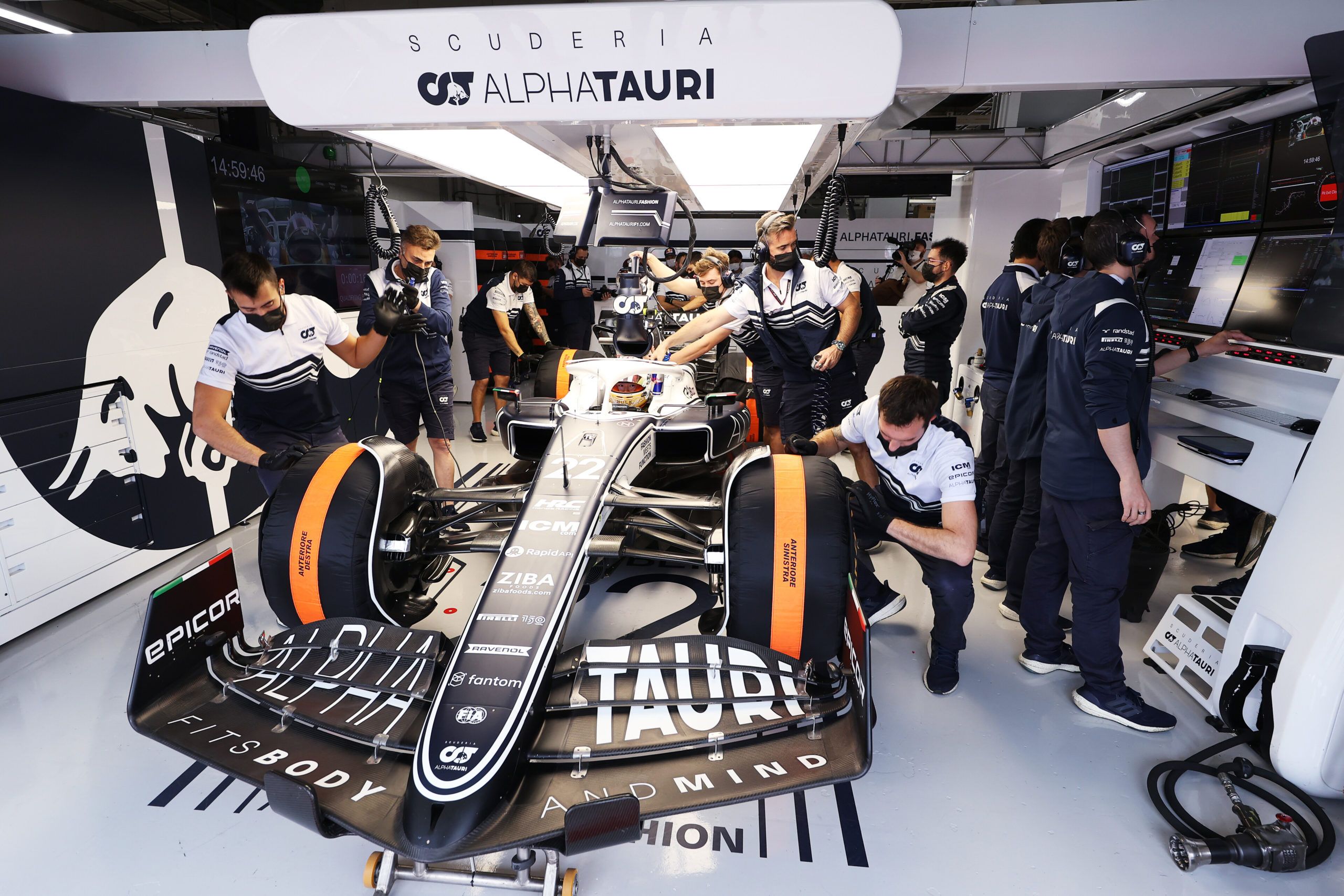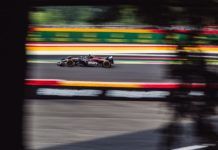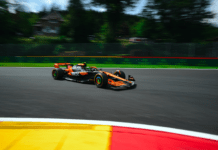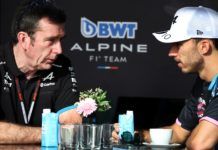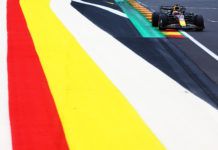F1 team chiefs discuss on the challenges that they and Pirelli face with regards to proposed ban on tyre blankets for 2024 season.
Late in 2022 came the news that there was an intention to completely phase out tyre blankets from F1 in 2024, with work already being undertaken last year ahead of large scale testing this year. However, there has already been queries from the teams and drivers over the issue of safety.
Drivers are concerned about the use of cold tyres, which will increase the driving challenge in the opening laps after pit stop. But then again, getting rid of blankets could have a strong impact in terms of saving energy. It is expected this would reduce infrastructure demands at circuits, especially on the power side where teams pull in more.
The equipment cost will trim down with teams no longer having to ‘invest’ in tyre warmer. However, with high tyre pressure and considerably lower temperatures, this may lead to increased degradation and wear. The F1 teams will need to find alternate ways of heating which requires time and practice especially with the safety aspect.
Having trialed in 2022, Pirelli is eyeing track testing in 2023 to focus on the goal of no blankets for 2024. It is not an easy process as they will need at least five teams to agree if they need to fully ban tyre warmers as various points are being discussed with the F1 teams to understand the impact of such a step.
Lowering temperature of tyre blankets and potential ban –
Andrew Shovlin (Mercedes): “Well, I mean, in terms of the tyres it’s quite hard to compare because we did a harder tyre in Austin at a lower blanket temperature. What we have now is, you know, what we had in Mexico was very similar to what we’ve run before. I think the challenge of taking a car that’s this fast, this powerful, that has this much downforce and making a blanketless tyre is incredibly difficult. And I think it’s very easy to look at the Formula 2 series and say, ‘well, they do it’ but the energies involved are enormously higher – we’re doing around 20 seconds quicker at some circuits.
“And that challenge for Pirelli is very, very difficult. It requires a lot of steps of technical development. And the sport has to be very careful that the legislation on blankets does not get ahead of the rate at which we can develop the tyres. And Pirelli’s problem is not a static one. These cars have got more downforce in a straight line than the cars we used to have. The high-speed loads are very, very high and the teams are constantly working to add performance. And for Pirelli to just keep up with that constant development is difficult.
“So you would say ‘yes, of course, you can make a blanketless tyre’, Pirelli probably could give us one straightaway. But that tire would not lead to good racing, it would not allow the drivers to push as hard, you would end up with very high tyre pressures and a significant loss of grip. And it’s a case of balancing the needs of the sport, along with environmental concerns that are all being addressed. But the big concern is making sure that we don’t end up with a worse sport, because we’ve led it with the legislation on what we want to achieve.”
Laurent Mekies (Ferrari): “I think that was extremely well explained by Andrew. Difficult to add anything. Maybe the only thing being that the target is the right one, you know, for the environment, to remove the blanket. I think we just need to give Pirelli the right time and the right chance, the right opportunities, testing opportunities, to develop the product that will meet everything that Andrew just explained. Once we have that we can then move to the blanketless approach.”
Alan Permane (Alpine): “Yeah, nothing much to add. Really, the difference from Mexico to Austin was that we ran the tyres at 70 degrees in the former, but heated we did them for two hours. Normally, our heat time is three hours and Mario from Pirelli tells us that 70 degrees at two hours is the same, or even a little bit less, than 50 degrees at three hours. So it seems like they’ve already found a good compromise from Austin, where our drivers, certainly Fernando, said it’s actually dangerous, he really felt a lack of grip.
“And I think you can see some power sliding and things like that. And you rarely see any of that sort of thing. So I think that they found a good direction, something that hopefully we can take through this year. And that buys them a little bit of time for 2024, which at the moment is blanketless, but I agree with Shov and Laurent that that is a very big challenge. Very big.”
Deadlines to get tyres right, more testing –
Shovlin: “Well, as I said, I think that the sport has to be pragmatic. If you think back to the days of the tyre war, every team was doing three days of tyre development testing between, more or less, every race. Pirelli’s opportunities to test are few and far between. And the tyres are always under great scrutiny because the tyres are actually the thing that define the racing that we have and getting that right is vitally important.
“So I think that they’re doing a good job of keeping up with the fact that the teams keep bringing more and more performance, which makes the job of the tyre manufacturer increasingly hard. But back to the point that I made early on, we just need to be pragmatic with the decision making and not corner ourselves by giving Pirelli an impossible challenge. We’ve already given them an incredibly difficult challenge. But we need to make sure that that doesn’t become impossible and just keep the interest of the sport at the forefront.”
Here’s Mohammed Ben Sulayem on inflated F1 sale price
Here’s FIA on F1 structure
Here’s team bosses on penalty for yellow/red flag
Here’s F1 sharing about qualifying format and more
Here’s first look at Drive to Survive S5
Here’s Mohammed Ben Sulayem surprised by adverse reaction to new teams
Here’s FIA expanding on Sporting Code changes
Here’s F1 2023 entry list

